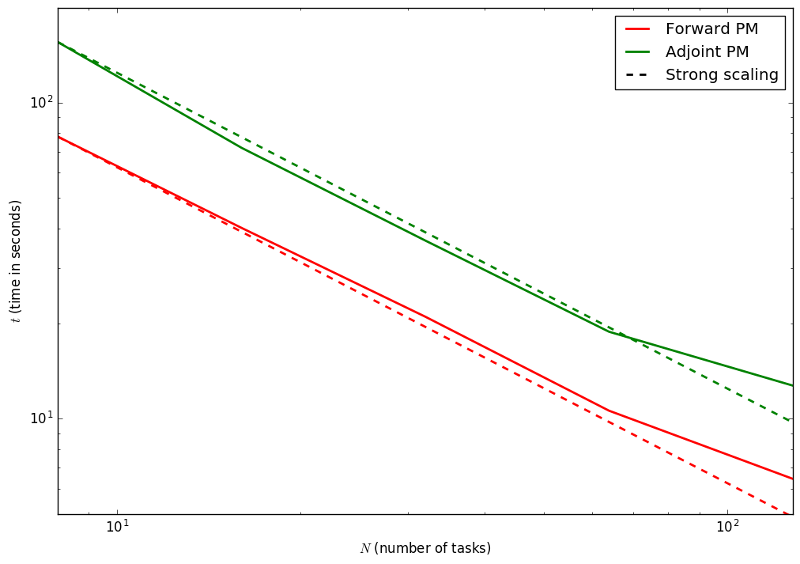BORG
On this page... (hide)
The BORG3 (Bayesian Origin Reconstruction from Galaxies) model is a submodule of the ARES3 framework. It shares the same infrastructure , I/O system and general mechanism. BORG3 relies also on HADES3 package which implements an efficient Hamiltonian Markov Chain sampler of the density field at fixed power spectrum and fixed selection effects.
More specifically, BORG3 implements the forward and adjoint gradient model for different dynamical model: Lagrangian perturbation theory, Second order Lagrangian perturbation theory, Linearly Evolving Potential and full Particle Mesh. On top of that redshift space distortions are supported by adding a translation to intermediate particle representations.
On top of that BORG3 provides different likelihood model to relate the matter density field to the galaxy density field: Gaussian white noise, Poisson noise (with non-linear truncated power-law bias model), Negative binomial likelihood.
1. The importance of non-linearities

Figure 1: Image illustrating the importance of adding a non-linear model to properly recover the 'large scale' details
2. Code scalability

Figure 2: Scaling of the code as a function of the number of tasks. Each tasks use 8 cores fully. The right most point is thus using 128x8 = 1024 cores.
BORG3 fully supports MPI with scaling at least up to 1024 cores. In Figure 1, we show the test run on the Occigen CINES supercomputer using the tool 'borg_pm_benchmark'. The red line is the time measurement in seconds for each number of tasks for the forward Particle Mesh simulation with 20 timesteps, 2563 grid, 5123 particles. The dashed line is a reference perfect scaling curve. The last point on the bottom-right shows a slight loss of scaling because the CPUs becomes totally saturated and uses hyperthreading.